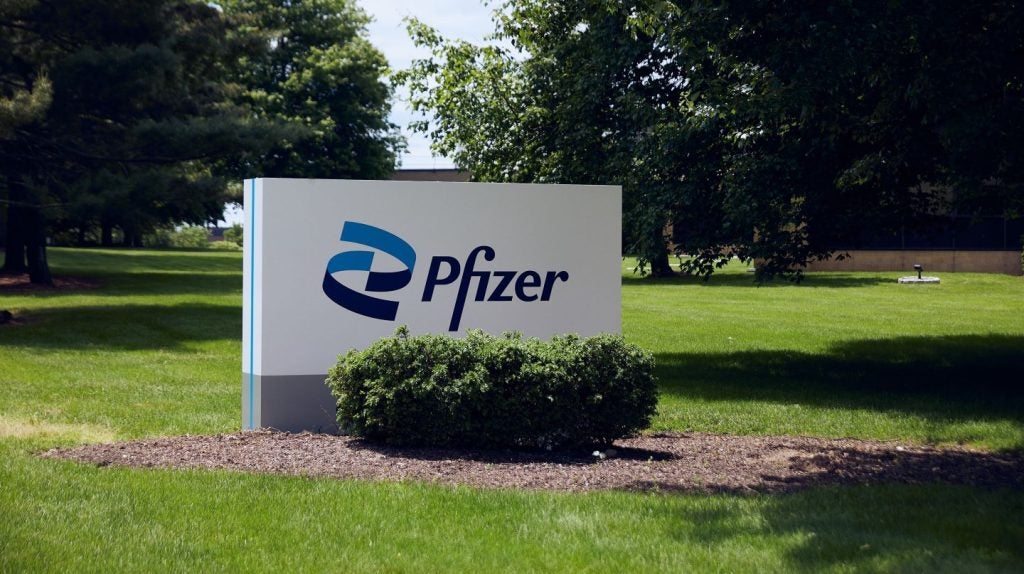The mid-year period marks a significant phase for horizon scanning activities that map the regulatory approval progress of innovative medicines within the EU. In May 2024, Italy’s medicines agency AIFA published a strategic overview, detailing all new active substances that are potentially advancing towards EU marketing authorisation. The publication was launched with considerable fanfare. Equally, the National Healthcare Institute (ZIN) in the Netherlands is poised to release its biannual update to the highly influential “horizonscan geneesmiddelen” report early next month. Collectively, these reports provide a comprehensive forecast of anticipated new medicine approvals over the next 12 months.
5% of products listed in the AIFA horizon scanning forecast for 2024 are advanced therapy medicinal products (ATMPs), a ratio that is unchanged compared to the 2019–2023 average. However, the number of market-approved ATMPs is expected to increase gradually in the years to come. 25 ATMPs have received market approval in the EU at present, with a record-breaking six ATMPs gaining a positive opinion for marketing authorisation approval from the EMA in 2022. Italy’s Higher Institute of Health (Istituto Superiore di Sanità: ISS), the leading scientific advisory body to the national health service (SSN), forecasts that up to 60 global launches of ATMPs may occur between 2024 and 2030. This is a slightly more conservative estimate than other analyses but still suggests that launches may average eight per year for the next seven years. The higher rate of regulatory approvals is fueled by the 478 Phase I–III cell and gene therapy clinical trials that are ongoing in Europe. Of these, 31% are in oncology therapeutic areas, followed by central nervous system (11%), metabolic disorders (10%), and immunology (9%). According to GlobalData, a total of 70 ATMP clinical trials that are underway in Europe are Phase III studies (15%).
The cell and gene therapies forecast to enter the EU market come with sizeable price tags. One example is Pfizer’s (US) Beqvez (fidanacogene elaparvovec) gene therapy for severe and moderately severe haemophilia B in adult patients without a history of factor IX inhibitors, which is expected to receive EU marketing authorisation by August 2024, according to the AIFA horizon scan. This ATMP is already linked to a hefty ex-manufacture price of $3.5m in the US, where it launched in May 2024, and C$4.773m in Canada where it was first priced in February 2024, according to GlobalData’s Price Intelligence (POLI). The reluctance of authorities to pay such high prices, coupled with the limited eligibility of patients to receive such treatments, has led to seven of the 25 market-approved ATMPs being withdrawn from the EU, with developers often citing commercial reasons and complications related to manufacturing and administration sites.
A suggested solution to address the wave of ATMPs that are forecast to be heading to the market along with their substantial price tags could be for Italy to give an even more prominent role to managed entry agreements (MEAs) and early access mechanisms as an alternative reimbursement route for expensive but highly efficacious ATMPs. AIFA representatives recently gave credence to the idea of introducing a new early access model for ATMPs that could theoretically apply a provisional initial price (set by the AIFA) for a defined period. Subsequently, at the end of the full evaluation and price negotiation process, which would not interrupt the initial availability of the treatment to patients, an adjustment could be made to account for the difference between the provisionally applied initial price and the negotiated price. Further, retrospective repayments are a likely component of the envisaged mechanism, although details remain limited.
Italy has also been a growing user of payment-by-results (PbR) and payment-at-results (PaR) outcome-based agreements for high-cost drugs that have one-time or short-term administration but long-term or potentially curative benefits, such as cell and gene therapies. PaR agreements in Italy are linked to instalment payments, although almost all active outcome-based agreements involve PbR, where the manufacturer commits to repay in full the treatment cost for non-responders. What the horizon scanning reports show is that in the ATMP segment of the market, there could be a trend toward slight increases of both PaRs and PbRs to manage a high degree of uncertainty associated with high-cost cell and gene therapies where these are perceived to have an unfavourable benefit/risk ratio at launch.
See Also:
While the number of ATMPs entering the market has stabilized over the last few years, to mixed success, the incoming trial results and associated approvals expected over the next few years as per AIFA's horizon scanning suggest innovation is required in Italy's pricing model to adapt to an era of new medicines that are groundbreaking in unmet indications but come at a cost. Italy's preparation for this associated cost likely means a heavier emphasis on managed entry agreements going forward.
How well do you really know your competitors?
Access the most comprehensive Company Profiles on the market, powered by GlobalData. Save hours of research. Gain competitive edge.

Thank you!
Your download email will arrive shortly
Not ready to buy yet? Download a free sample
We are confident about the unique quality of our Company Profiles. However, we want you to make the most beneficial decision for your business, so we offer a free sample that you can download by submitting the below form
By GlobalDataThis article is produced as part of GlobalData’s Price Intelligence (POLI) service, the world’s leading resource for global pharmaceutical pricing, HTA and market access intelligence integrated with the broader epidemiology, disease, clinical trials and manufacturing expertise of GlobalData’s Pharmaceutical Intelligence Center. Our unparalleled team of in-house experts monitor P&R policy developments, outcomes and data analytics around the world every day to give our clients the edge by providing critical early warning signals and insights. For a demo or further information, please contact us here.









